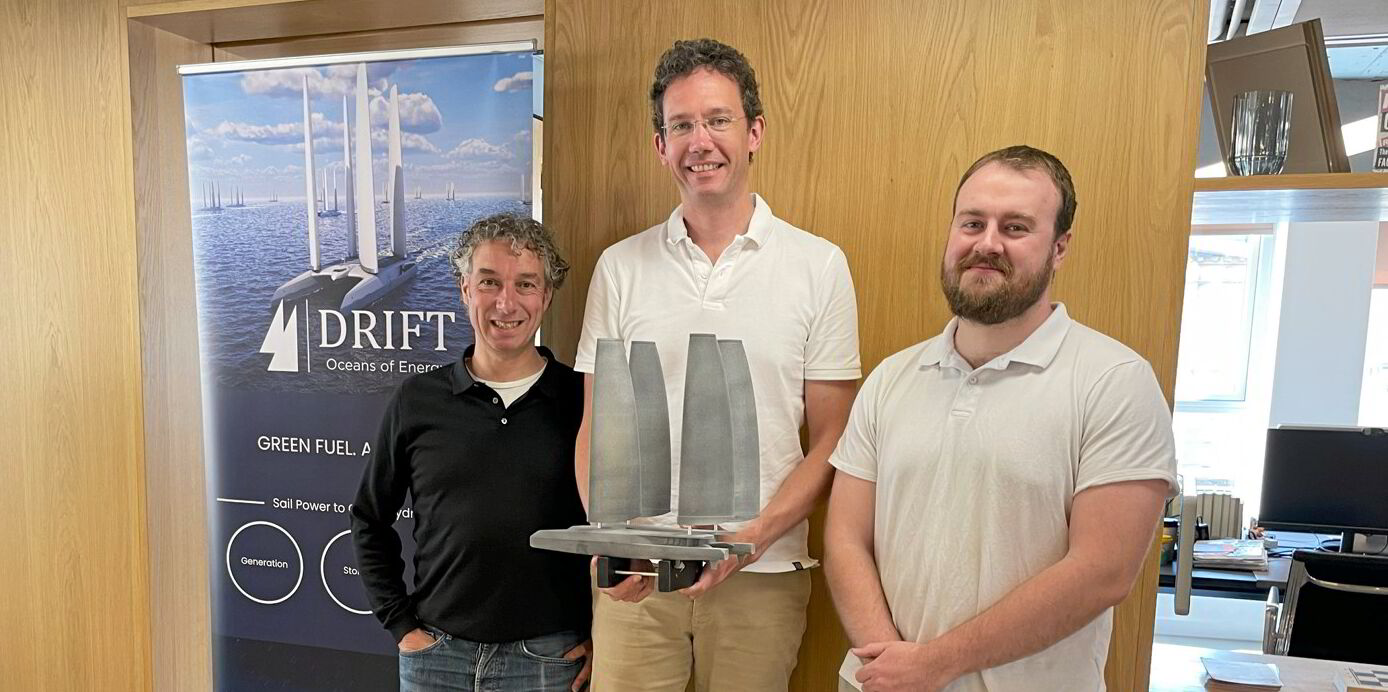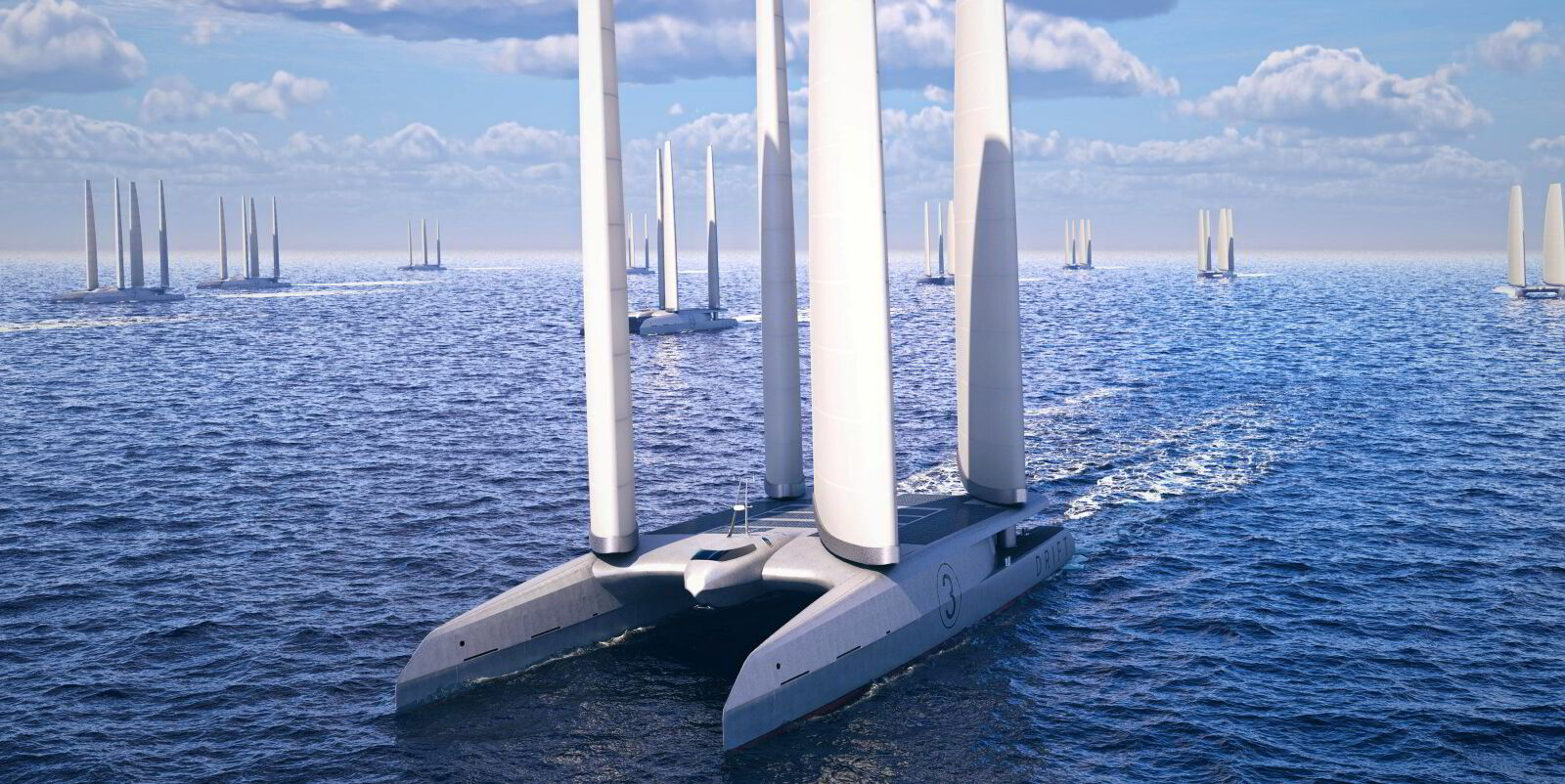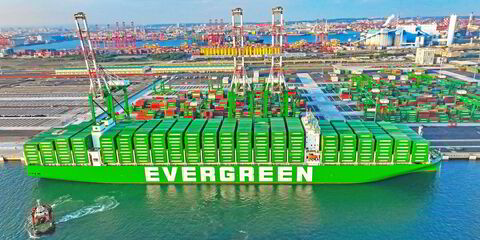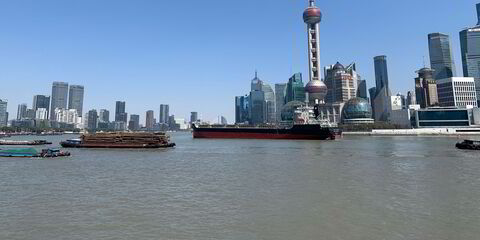UK-based start-up Drift Energy has secured £4.65m ($6m) in venture capital funding for the development of its first 60-metre long catamaran geared to generate up to four tonnes of hydrogen on one trip.
The investment comes from UK-based Octopus Ventures and will help fund the development of the first vessel up to the point of laying the first steel at a shipyard, according to Drift co-founder Ben Medland.
Medland said the company will be searching for more funding to begin building the vessel in about a year to 18 months and has a plan to get the first demonstration on the water within three years.
“It will then be important to scale up,” he said. “We will need to build vessels quickly and cheaply and deploy them.”
Drift has designed the vessels along with a routing algorithm able to find locations with the best wind conditions. “We send them out fishing, we are looking for the Goldilocks wind speeds to generate electricity and hydrogen with.”
Medland likened the vessel’s purpose to that of an offshore fixed wind turbine, albeit with the ability to relocate to better wind conditions.
He said the North Atlantic trade winds were an optimal location for these vessels to be deployed but also suggested the Caribbean, where more frequent hurricanes could be harnessed by these ships before they have to flee the worst of the weather. On their return, the ships could help restore energy blackouts caused by the strong winds.

“These will outperform static land-based wind turbines by 40% and offshore turbines by 30%,” Medland said.
The idea, like other solid wing systems being developed for the shipping industry, stems from the America’s Cup sail developments which led to racing yachts being able to sail many times faster than the prevailing wind.
In the design, each catamaran will have four rigid sails to propel the vessel, and two underwater propeller turbines, one on each hull, to generate the electricity needed to produce the hydrogen through electrolysis.
The compressed hydrogen is then stored in four ISO container tanks.
“Most ports can lift ISO containers,” Medland said. Each tank can store up to one tonne of hydrogen and Drift believes each vessel could generate up to 150,000 kg a year.
The company discarded the potential of storing the energy directly into batteries, as battery technology is not at the point where the energy density makes sense.
However, Drift has not ruled out building larger vessels and installing the technology to be able to generate green methanol or ammonia at sea in the future.(Copyright)



